May 29, 2025 | 08:31 GMT +7
May 29, 2025 | 08:31 GMT +7
Hotline: 0913.378.918
May 29, 2025 | 08:31 GMT +7
Hotline: 0913.378.918
Minister of Agriculture and Environment Do Duc Duy has recently signed and issued a document outlining the action plan and development objectives for the sector in 2025. Specifically, the sector aims to achieve an increase of 4% or more in the added value of agriculture, forestry, and fisheries.
In detail, the added value of the agriculture sector is expected to grow by 3.85%, including a 2.4-2.9% increase in crop production and a 5.7-5.98% increase in livestock production. The fisheries sector is projected to grow by 4.35%, while the forestry sector aims for a 5.47% increase in added value. The total export turnover of agricultural, forestry, and fishery products in 2025 is targeted to reach USD 65 billion, striving to achieve USD 70 billion.
The Ministry of Agriculture and Environment (MAE) emphasizes a unified mindset and action across the Ministry and the entire sector, with collective efforts and determination to implement synchronously the groups of tasks and solutions in order to fulfill the sector’s growth objectives and the agriculture, forestry, and fisheries export turnover target assigned by the Government for 2025.
The action plan must be clear, specific, feasible, and easy to monitor, supervise, and evaluate. Task assignments must ensure the "five clarities": clear person, clear task, clear responsibility, clear product, and clear timeline.
To achieve the stated objectives, the Ministry’s action plan outlines eight key tasks and solutions for the upcoming period.
Strengthen the leadership and direction role of the Party Committee of the Ministry and the Party Committees of affiliated agencies and units (collectively referred to as "the units") in implementing the identified tasks and solutions; stay closely aligned with the realities on the ground, and promote close and effective coordination between the Ministry’s units and all levels, sectors, and localities.
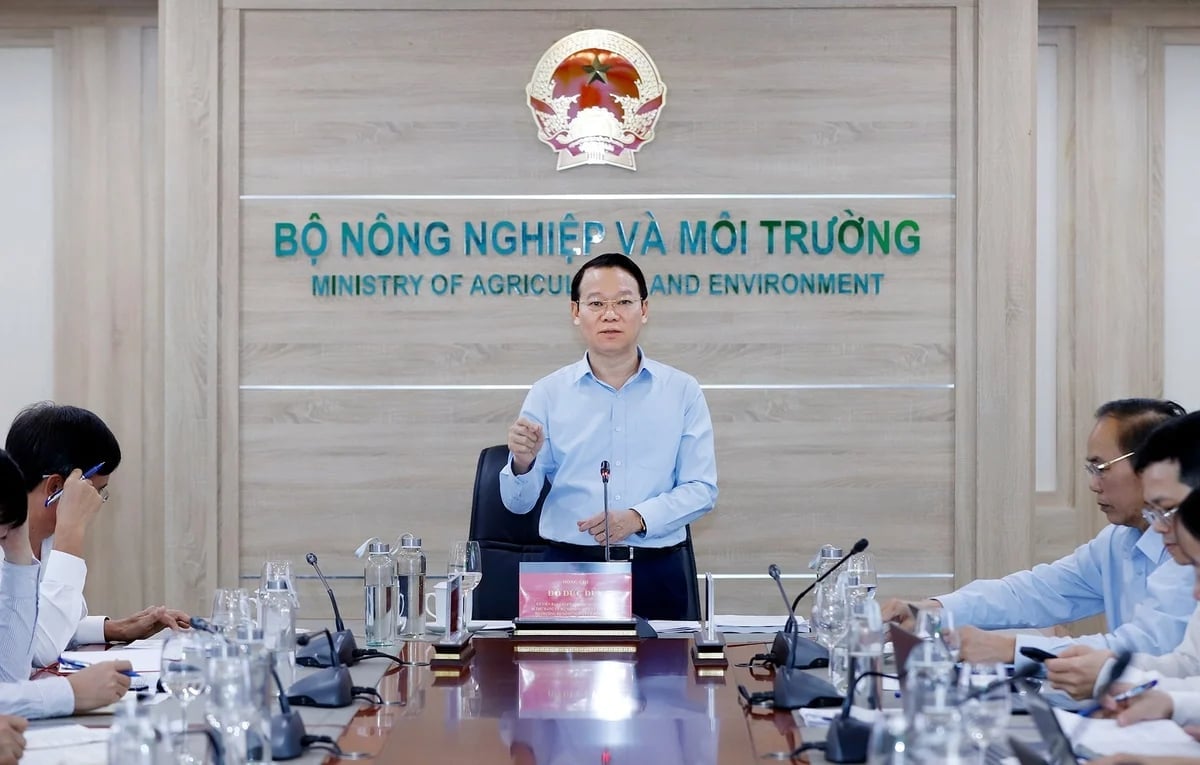
Minister of Agriculture and Environment Do Duc Duy has recently signed and issued a document outlining the action plan and development objectives for the sector in 2025. Specifically, the sector aims to achieve an increase of 4% or more in the added value of agriculture, forestry, and fisheries. Photo: Khuong Trung.
Party Committees and heads of units at all levels must develop concrete plans and take practical actions, regularly disseminate guidance, and require all leaders, civil servants, public employees, and workers within their units to unify their understanding, renew their thinking, and take concrete actions in carrying out tasks and solutions to promote sector-wide growth and in their assigned areas of responsibility.
MAE will strengthen management and supervision, and develop and implement mechanisms for close and regular coordination with ministries, sectors, localities, and industry associations to monitor production, markets, and exports, thereby enabling timely adjustments and supplementary measures.
MAE will also maintain regular and close coordination with the Ministry of Industry and Trade and other relevant ministries and agencies in monitoring and supervising markets and promoting trade. At the same time, it will coordinate with local authorities to support and facilitate businesses in implementing comprehensive and effective solutions for sector development. This includes strongly shifting toward an agricultural economy mindset and accelerating agricultural restructuring in a circular, efficient, sustainable, transparent, and responsible manner that integrates multiple values, ensures national food security, and protects the environment.
The Ministry encourages the development of green growth and circular agriculture; focuses on developing large-scale, commodity-based agriculture applying advanced technologies; and seeks to maximize the potential and comparative advantages of each region and locality.
Conduct a comprehensive review and revise or supplement specialized legal documents in the agriculture and environment sector to ensure consistency, synchronization, and alignment with the organizational models of merged or restructured agencies, particularly the two-tier local government model.
Work closely with relevant ministries, sectors, the State Bank of Vietnam, and related entities to finalize mechanisms and policies that support green growth projects, promote green credit, and encourage investment in environmentally friendly economic sectors.
Propose amendments and improvements to legal regulations to ensure a sound legal framework for the activities of the agriculture and environment sector, while providing support to cooperatives, businesses, and farmers through various policies such as credit (including investment credit, policy credit, and commercial credit), taxation, agricultural insurance, and land use for the development of large-scale, commodity-oriented agricultural production.
Introduce supportive policies to ensure that farmers feel secure in their production activities and businesses remain confident in their operations, especially in the context of market fluctuations. This is particularly important for markets that may not experience high growth in 2024 (e.g., rice, certain fruits).
Research and propose mechanisms and preferential credit policies, including rent exemptions or reductions, to support enterprises investing in warehousing and logistics systems, aiming to prevent disruptions in agricultural and fishery supply chains.

There are support policies to ensure that people can feel secure in production and businesses can operate in case of market fluctuations. Photo: Le Hoang Vu.
Focus on restructuring subsectors and within each sector in a substantive and effective manner, linked with the transformation of the growth model through the enhanced application of science and technology, digital transformation, and innovation. This will improve productivity, quality, efficiency, competitiveness, autonomy, adaptability, and resilience of the agricultural economy.
Promote the transition of commodity-based agricultural production from low-value to high-value agricultural products. Convert low-yield, single-season rice cultivation areas into the production of crops or livestock with higher economic value. Prioritize the development of large, sustainable raw material zones that are climate-resilient and low-emission, particularly for key national and provincial products.
Develop an agricultural model that is ecological, efficient, sustainable, transparent, and responsible, aligned with environmental sustainability. Promote multi-value integration to ensure national food security and protect the ecological environment. Encourage green growth and circular agriculture; prioritize the development of large-scale commodity agriculture using advanced technologies. Leverage the specific potential and advantages of each region and locality. Foster cooperative economies and support value chain linkages, encouraging the development of new forms of agricultural cooperation.
Reorganize production based on specialized farming zones, tied to geographical indications, traceability, and the establishment of production and farming area codes to meet market requirements. Promote the transformation of the food system towards green growth, low-emission, and sustainable practices by encouraging innovation and the application of science and technology in agricultural production.
Promote marine aquaculture and sustainable fishing; focus on fully addressing the European Commission’s recommendations to remove the IUU “yellow card” by 2025, and strictly prevent and penalize illegal fishing outside of Vietnam's waters.
Closely monitor weather developments and market information to flexibly adjust production plans (timing, crop structure, cultivated area) and minimize weather-related losses. Strengthen monitoring and early warning systems for risks to farming and aquaculture environments, plant and animal diseases, and forest fires. Proactively implement preventive measures, respond promptly, and effectively manage outbreaks in crops, livestock, aquatic species, and forest fire prevention and control.
Continue implementing administrative reforms to remove barriers, bottlenecks in mechanisms, policies, and procedures, in tandem with digital transformation in agriculture, rural development, natural resources, and the environment, creating strong momentum for sectoral growth. This includes effectively implementing digital transformation in licensing, and monitoring of planting and farming area codes and aquaculture ponds to ensure traceability. Study the establishment of a national agricultural commodities exchange to help Vietnamese agricultural products access international markets more quickly and efficiently, while supporting brand management associated with the quality of Vietnamese agricultural products.
Review and streamline regulations and administrative procedures related to investment, production, business activities, and people's daily lives under the sector’s management (especially in the environment, specialized inspections, land, minerals, etc.). Ensure that each sector reduces at least 30% of administrative procedures, that administrative processing time is cut by at least 30%, and that compliance costs for people and businesses are reduced by at least 30%. Eliminate at least 30% of unnecessary business conditions. Shift enterprise-related administrative procedures to the digital environment, ensuring smooth, seamless, and effective service delivery.
Monitor and supervise the implementation of the Government’s Indicator Framework for governance, administration, and quality assessment of public service delivery to people and businesses in real time through the digital environment, in accordance with Decision No. 766/QĐ-TTg dated June 23, 2022, issued by the Prime Minister.
Effectively implement the Ministry's Action Plan for executing Resolution No. 57-NQ/TW dated December 22, 2024, of the Politburo, Resolution No. 193/2025/QH15 of the National Assembly, and Resolution No. 03/NQ-CP dated January 9, 2025, of the Government on breakthrough development in science, technology, innovation, and national digital transformation. These efforts aim to enhance the application of science and digital technology in the production and processing of agricultural, forestry, and fishery products (issued under Decision No. 503/QĐ-BNNMT dated March 27, 2025).
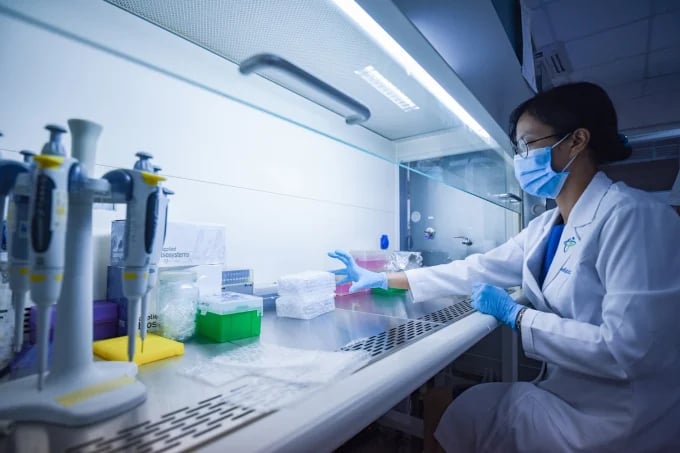
Making breakthroughs in application, transfer of science, technology, and innovation. Photo: Tung Dinh.
Industrialize agriculture by improving the level of agro-product processing and preservation, and promoting agricultural mechanization associated with the application of science, high technology, smart and automated systems in agricultural production and environmental protection. Emphasize variety selection and breeding; develop supporting industries for agriculture; accelerate comprehensive mechanization and increase the share of deep processing to enhance product value. Reduce production costs, intermediate expenses, and significantly minimize post-harvest losses. Develop processing systems linked to raw material regions and market demand. Build and expand a modern logistics system serving agriculture and rural areas, with particular attention to products that require temporary storage during difficult periods or peak harvest seasons.
Promote the transfer and wide application of sustainable farming practices, scientific and technological solutions, and effective cropping calendar arrangements to reduce costs related to fertilizers, pesticides, veterinary medicines, and other intermediaries, thereby improving production efficiency and increasing producers’ incomes.
Effectively implement the project “Sustainable Development of One Million Hectares of High Quality and Low-Emission Rice Associated with Green Growth in the Mekong River Delta By 2030”; replicate effective models that reduce rice production costs and improve rice quality.
Enhance the application of remote sensing and artificial intelligence for monitoring, surveillance, and management of planting areas and aquaculture facilities; assess crop yields and forest inventory; monitor, supervise, and analyze weather, soil, and pest data to help farmers optimize production and minimize risks. Develop early warning systems for drought and saltwater intrusion; use sensors to monitor soil moisture, crop nutrients, and automate irrigation; deploy smart irrigation systems that supply water based on crop needs; and enable early disease detection via satellite imagery and drones.
Review, systematize, and simplify technical regulations and standards to ensure practicality, efficiency, and facilitate the development of agricultural production and business, while gradually aligning with international standards.
Improve the basic data infrastructure for the agriculture, natural resources, and environment sectors. Timely and accurately update production and market information to support the Ministry and local authorities in decision-making.
For export markets: Strengthen trade promotion, market access, and negotiations to remove technical and trade barriers and expand official export channels for more agricultural products to traditional markets and large export markets (e.g., China, the U.S., the EU, Russia, Brazil, Japan, South Korea). Open up new and high-potential markets (such as Halal food markets in Islamic countries, the Middle East, and Africa) by diversifying both products and markets. These efforts aim to reduce informal cross-border exports to the northern region gradually.
Improve the effectiveness of negotiations, market access, trade promotion, and problem resolution in trade activities. Clearly define the roles and responsibilities of each department within the Ministry to avoid overlap and inefficiency.
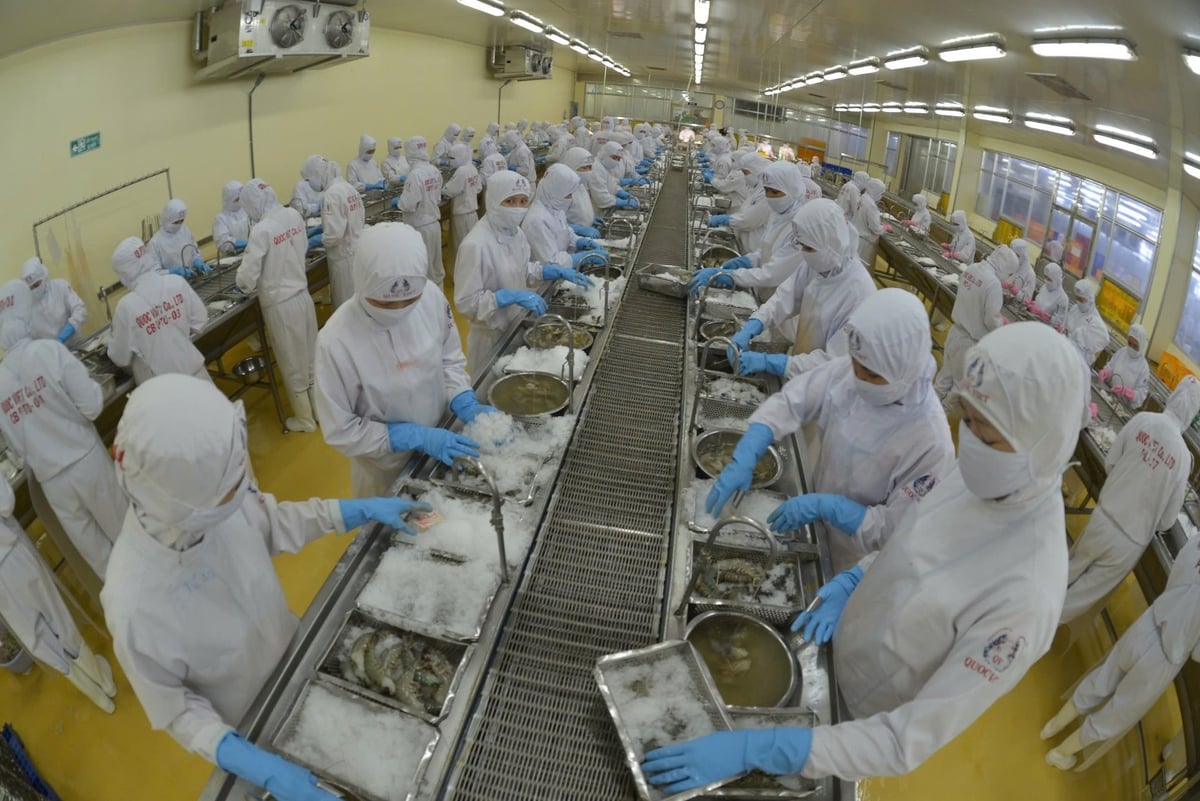
Strengthen trade promotion, open markets, negotiate to remove technical barriers, trade barriers and open official export channels to more agricultural products to traditional markets and markets with large total export turnover. Photo: HT.
Efficiently manage, exploit, and utilize resources, particularly land and water, to boost large-scale, concentrated commodity agricultural production and rapidly increase total factor productivity in the sector. Unleash the internal potential of the agriculture, natural resources, and environment sector, creating open space and new momentum to drive large-scale commodity production. Supporting sectors (such as irrigation, natural disaster prevention, land management, meteorology, hydrology, and resource management) should develop specific plans to improve quality and efficiency while minimizing losses due to natural disasters and diseases, thus increasing value and reducing agricultural production costs.
Develop and update disaster prevention and climate change response scenarios in agriculture, natural resources, and the environment. Monitor weather, hydrometeorology, and saltwater intrusion closely. Provide guidance to localities on dam safety management during the rainy and flood seasons, as well as the management of dykes and irrigation reservoirs.
Implement strategic breakthroughs in building modern, synchronized agricultural and rural infrastructure while ensuring sustainable environmental protection. Improve the efficiency of public investment management within the ministry and sectors; promptly address obstacles to ensure the disbursement rate of public investment in 2025 exceeds 95%. Put into effective operation major completed projects to drive growth and support production development.
Extension services should collaborate with research institutes, universities, businesses, and outstanding farmers to select and disseminate solutions that increase value, reduce production costs, and provide training programs to scale up successful practices.
Innovate communication methods and content, and enhance the effectiveness of communication efforts, especially those related to agricultural and environmental policy, to foster consensus within the Ministry and the entire sector in the determination to achieve growth targets and export goals for agriculture, forestry, and fishery products.
Promote the dissemination of effective and exemplary business and production models; address and correct inaccurate information that negatively affects consumer sentiment and the activities of production and business organizations.
Continue to work closely with localities to conduct training, raise awareness, and support local authorities in effectively implementing the decentralization and delegation of powers, thereby better meeting the needs of citizens and businesses in the production and business process.
Translated by Kieu Chi
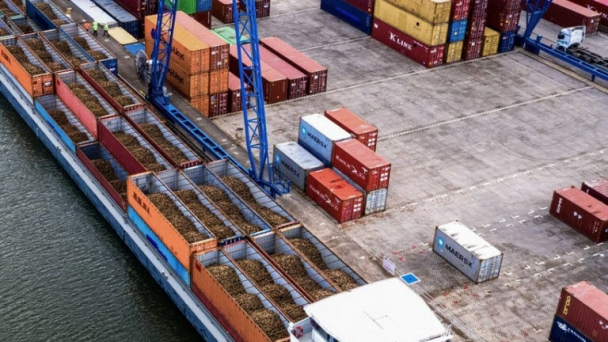
(VAN) The mutual export of agrifood products between the European Union (EU) and the United Kingdom (UK) must occur again without certification, border controls or other red tape. This was agreed at the UK-EU summit.
/2025/05/22/5121-2-173645_677.jpg)
(VAN) NBSAP Tracker identifies strengths and areas for improvement in the National Biodiversity Strategy, based on each region’s priorities and capacities.
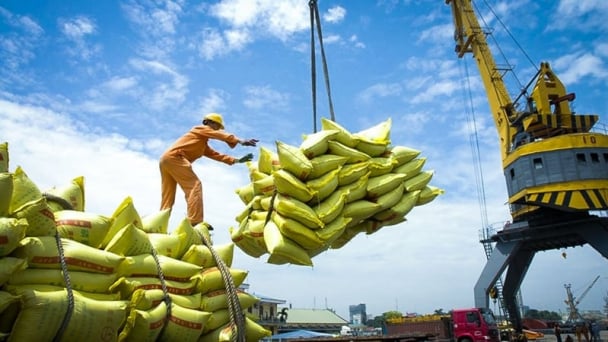
(VAN) The draft amendment to the Circular on rice export trading stipulates a periodic reporting regime for rice exporting enterprises.
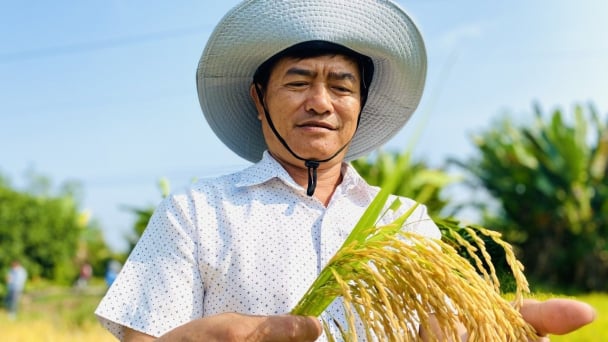
(VAN) Dong Thap farmers attained an average profit margin of 64% during the summer-autumn 2024 crop (first season), while An Giang and Kien Giang farmers followed with 56% and 54%, respectively.
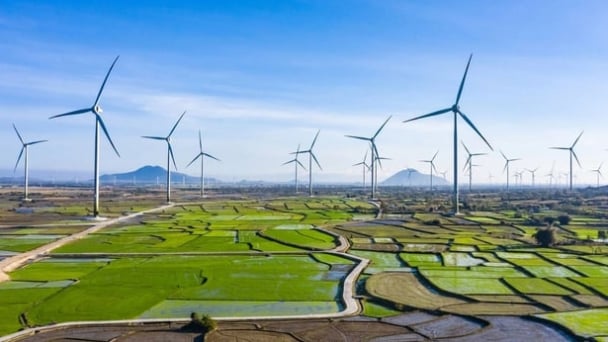
(VAN) As a doctoral student doing research on renewable energy and electrification at Harvard University, the author shares his musings on electricity, nature, and countryside memories.

(VAN) The decree on Extended Producer Responsibility (EPR) ensures transparent management and disbursement of support funds, avoiding the creation of a “give-and-take” mechanism.
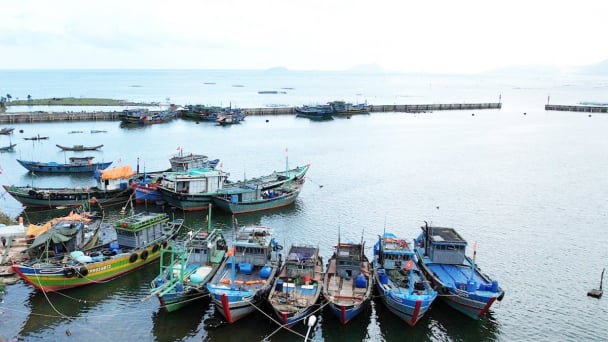
(VAN) Hue City rigorously enforces regulations regarding marine fishing and resource exploitation, with a particular emphasis on the monitoring of fishing vessels to prevent illegal, unreported, and unregulated (IUU) fishing.